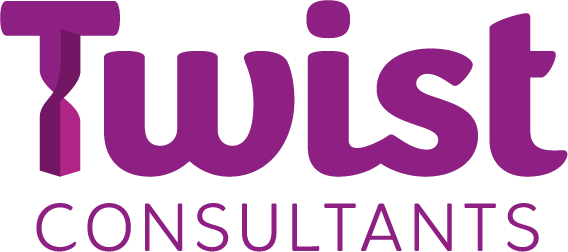For much of my career, I’ve worked with people, teams and leaders who are doers – they get stuff done. They’re the person you go to when you need things sorting out. They’re focused on the plan, the outcome, the results. They get stuff over the line.
When we operate in that ‘doing’ mode, we’re pretty much ‘always on’. We can think that having a packed to do list and constantly trying to tick things off is a real motivator. It can help us feel important, it can be a badge of honour.
And, for many of us, adding our roles as parents or carers in the mix alongside work means there is often little space for downtime.
Image: Jo Twiselton
When this is all going on, looking after ourselves can often take a back seat. And before we know it, we’re feeling pressured and overwhelmed. We don’t have space just to be. In the long-term, we could run out of steam, lose focus, our purpose and in the worst cases, burn out.
But as author Kurt Vonnegut wrote, each of us is a human ‘being’ and not a human ‘doing’. And that ‘being’ bit is hugely important for us both to function and, more importantly, thrive as humans.
So, how can we ‘be’ a little more?
Switch off to switch on
I first came across the idea of switching off to switch on, when I heard Dr Rangan Chatterjee speak at an event about something call the DMN. He explained how our brains work when we’re not busy on tasks – a system in the brain called the default mode network (DMN) ramps up. And it made me think of my own internal light switch.
From much of the science, it seems that the DMN is where our best ideas come from when we’re brushing our teeth or staring into space. So, the downtime that engages the DMN is essential if we’re to get more productive (not less) and more creative in our ways of thinking. We need to ‘be’ to ‘do’ more.
Guard your time as if your life depended on it (it does)
I often have chats with leaders who don’t have any time in their calendars. They’re going from back-to-back meetings with little time for even a loo break or a cuppa. It’s exhausting listening to some people’s schedules and if feels like their diary is controlling them and not the other way round. Here are a few tips I’ve developed from working with them, that could help you too:
Schedule breaks at the start of the week (ring-fence them with a ‘private’ setting if you need to)
Agree with your team/s that you’ll have 50-minute meetings rather than an hour to give you mental downtime from the last meeting and headspace to gear up for the next one
Find something on your desk to stare at for 5 minutes – a leaf is ideal. Laugh all you like but try it and let me know how you get on
Put. Your. Phone. Down.
On the few train trips I’ve made in 2021, I’ve been astonished at how many folk spend all their time looking at their phones. Meanwhile, they’re missing some fabulous views, sunsets and harvest moons. And the opportunity to ‘be’ and let their minds wander.
Look out of the window. Take your headphones off when you walk. People-watch. Anything that can help you just ‘be’.
Since I’ve heard the ‘human beings’ and not ‘human doings’ phrase, it crops up daily.
It’s a great reminder that we’re not on this earth, or built, to stay constantly productive.
If you want to practice more human ‘being’ and you’d like to work through how you could build more of this into your life and work, then get in touch. I offer coaching and wellbeing approaches that might just help.

